Few people will ever witness a car crash. That's a good thing, but for the police who must understand what caused one and the lawyers and insurers who must deal with the aftermath, it's not.
It's why every year the Institute of Traffic Accident Investigators (ITAI) organises 'crash day', which is exactly as it sounds: a day devoted to crashing cars, to which it invites its members and people in associated services.
Of course, you may wonder why, given that Euro NCAP crash-tests the latest cars, it's necessary for the ITAI to spend a day doing the same.
"Euro NCAP's tests are important but different," explains Chris Goddard, an independent collision investigator who previously did the same work in the police and who was at crash day taking photos.
"Its crashes are highly controlled and about establishing how safe a car is, whereas the ITAI's are more real-world, with the aim of helping investigators understand how they unfold. Having seen a few today, [an investigator] might go to a future crash scene, see similar tyre marks and damage and say: 'I think I know what happened; I've seen that damage and those marks before."
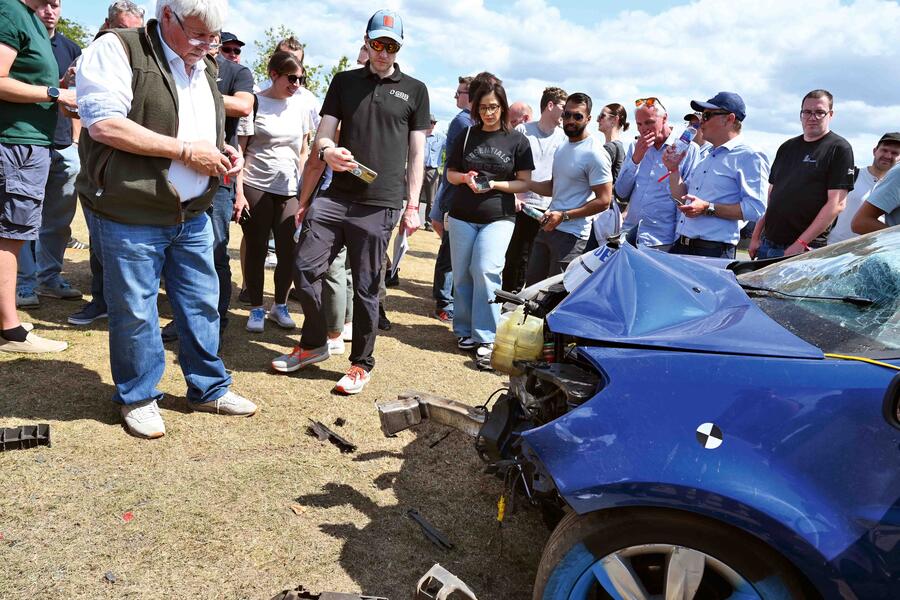
This year, crash day took place at Darley Moor airfield, a former RAF training base (and a low-key motorsport and track day venue) near Ashbourne in Derbyshire.
High-speed crashes were carried out on a short stretch of runway, with low-speed impacts taking place on an area to the side. There were 24 crash cars, most of them family hatches that had been seized by the police or were the subject of court orders.
Twelve crashes had been arranged, involving cars colliding with obstacles, such as signposts and roadside cabinets, and with stationary cars. All the cars would be remotely driven.
The first crash of the day was a Vauxhall Meriva crashing into a passive aluminium post at 56mph. A passive object is one designed to slow the car without causing the occupants serious injury. Both of the Meriva's front airbags deployed, but its windscreen was unbroken and the bulkhead protected the cabin.
Following the impact, the car continued to roll on for around 100 metres. As with all the crashes, after the dust had settled, visitors surrounded the car to examine the damage and the crash site.
Later, a Renault Clio was piloted at 62mph into a conventional, non-passive signpost with very different results. The pole destroyed the front of the car and stopped the vehicle almost instantly - an event that would have either killed or at least significantly injured the occupants.
However, some observers argued that while the consequences of the impact were more severe than the earlier crash, at least the car was prevented from travelling farther.
Goddard recalls a similar test last year, when a post left marks on the underside of the crashed car. "The post acted like a ramp, sending the car skywards and leaving scratch marks along its chassis. Had we not seen the crash and the marks, we might not know to look for similar damage. There's a principle in forensics that says every mark will leave a trace. In a car crash, you have thousands of contacts. Our job is to work out what caused them."
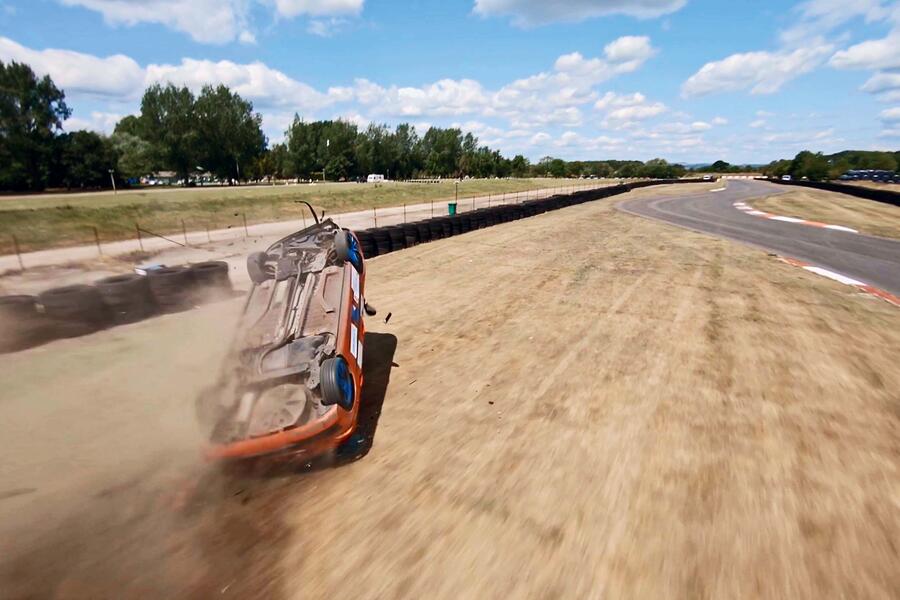
One crash in the low-speed zone involved a Toyota Auris being reversed into the side of a Suzuki Vitara. The Toyota was travelling at 5mph, but had it been a real-life incident, the damage to the Honda's door and sill would likely have resulted in the car being written off.
An investigator for loss-adjusting firm QuestGates said that seeing the impact was useful in his work defending the growing number of claims relating to Gap insurance, in particular where claimants have 'return-to-invoice' cover that pays the difference between an insurer's settlement amount and the original invoice price of the car.
"It's a growing problem with insurers more ready to write-off cars and more people staging fake crashes towards the end of their PCP [finance period]," he says.
Alongside him, a lawyer acting for insurers adds: "We help insurers defend spurious personal injury claims. Today's crashes shine a light on events few people will experience, and it gives people like me the opportunity to understand their outcomes."
More crashes followed, including a high-speed T-bone and one involving a pedestrian dummy being struck by a Volkswagen Golf (the dummy's head shattered the windscreen). But as the day drew to a close, the two that everyone was keenest to see were a high-speed crash into the back of a lorry and another into the back of a line of stationary cars.
For the former, a Jaguar X-Type rear-ended a seven-ton lorry at 61mph. It was catastrophic, with half the car 'submarining' below the truck.
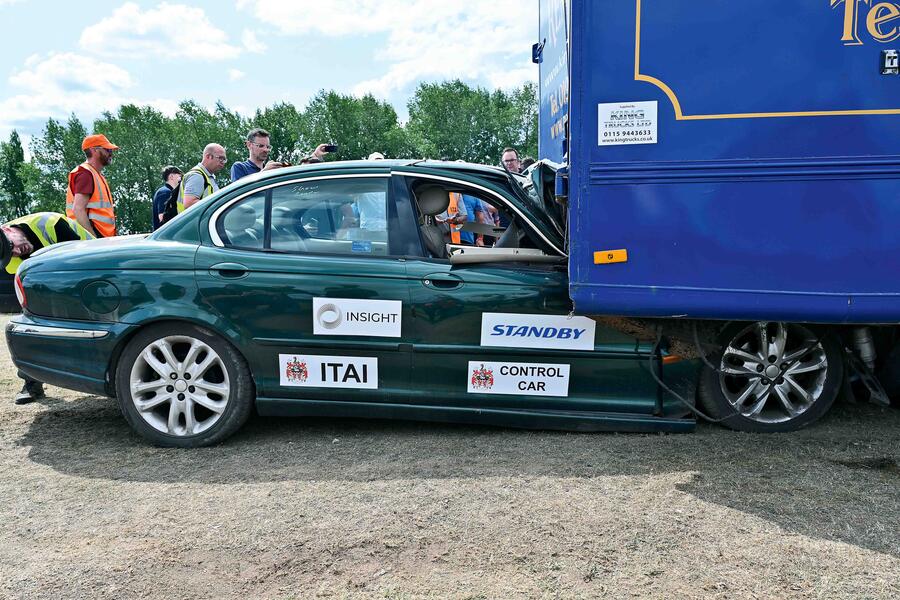
"I've never seen a dashboard fold over on itself like that before," says Goddard. "This is the value of today: seeing damage you've never previously encountered and knowing how it was caused."
The grand finale was another Jaguar, this time an S-Type, crashed at 74mph into the back of a line of four stationary cars: a Vauxhall Astra, Mazda 3, Peugeot 308 and Peugeot 207. Inevitably, the Jaguar and Vauxhall come off worst, while the remaining cars each sustained decreasing levels of front and rear damage.
It looked predictable, but Goddard says there are always new things to learn: "Look how the Mazda's badge has been embossed on the back of the Peugeot. I've never seen that before!"
After all the crashes he has investigated, I was keen to know which make of car he thinks offers the best crash protection. "Without question, Volvo," he says. "Safety is not a marketing tool for the company, it's part of its DNA, and that shows."
Laser scanners
The laser scanner is a vital tool for understanding the circumstances of a crash. Looking a bit like an old 'box brownie' on a tripod, it creates a digital twin of the crash site, turning it into data for analysis.
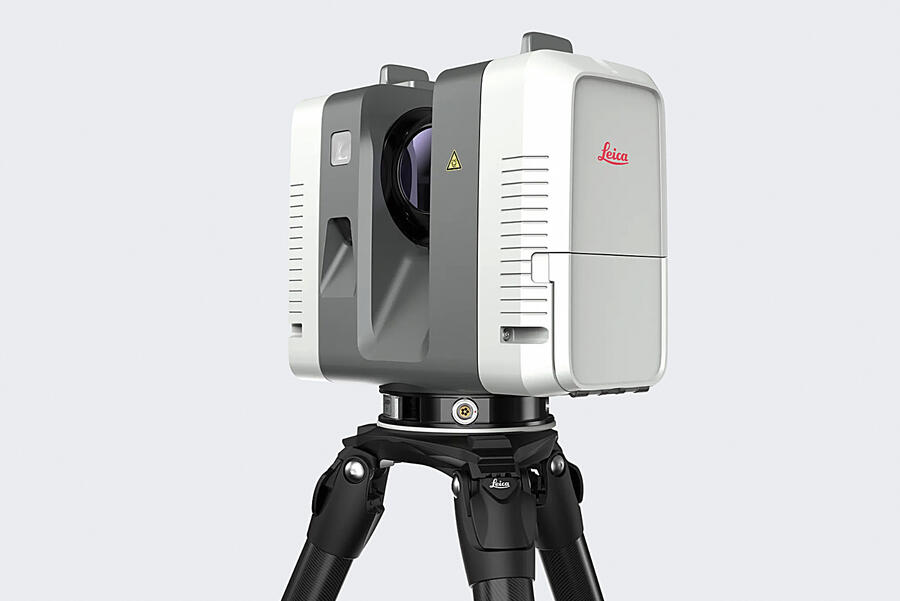
"A laser scanner helps the investigator establish the facts and the sequence of events in a crash," explains Marcus Rowe, now of Leica Geosystems but formerly a crash investigator for Devon and Cornwall Police.
"By moving the scanner around the scene, we create a 360deg model of it. Working backwards from the crash, the data helps us establish reaction times and where the car was when the brakes were applied. We can also calculate when the driver could see the incident developing, from which we can conclude how long they took to react. That in turn might point to them being distracted or impaired."

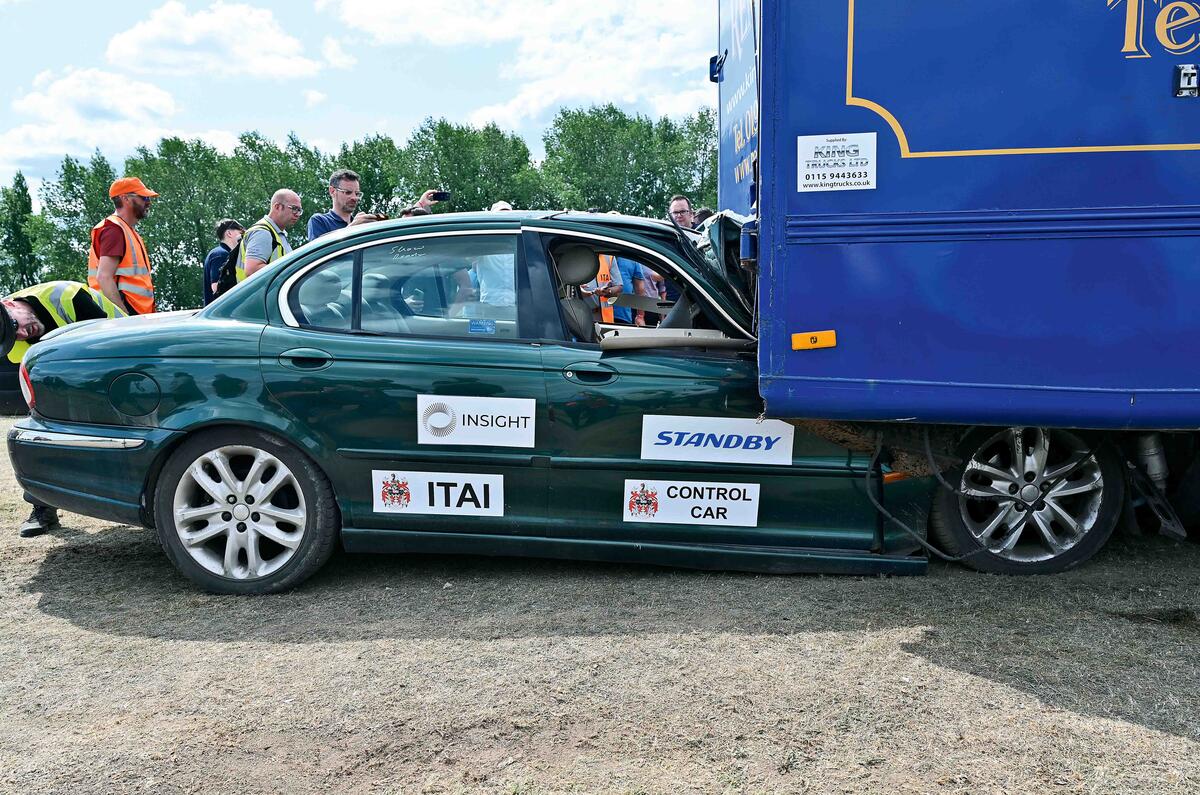
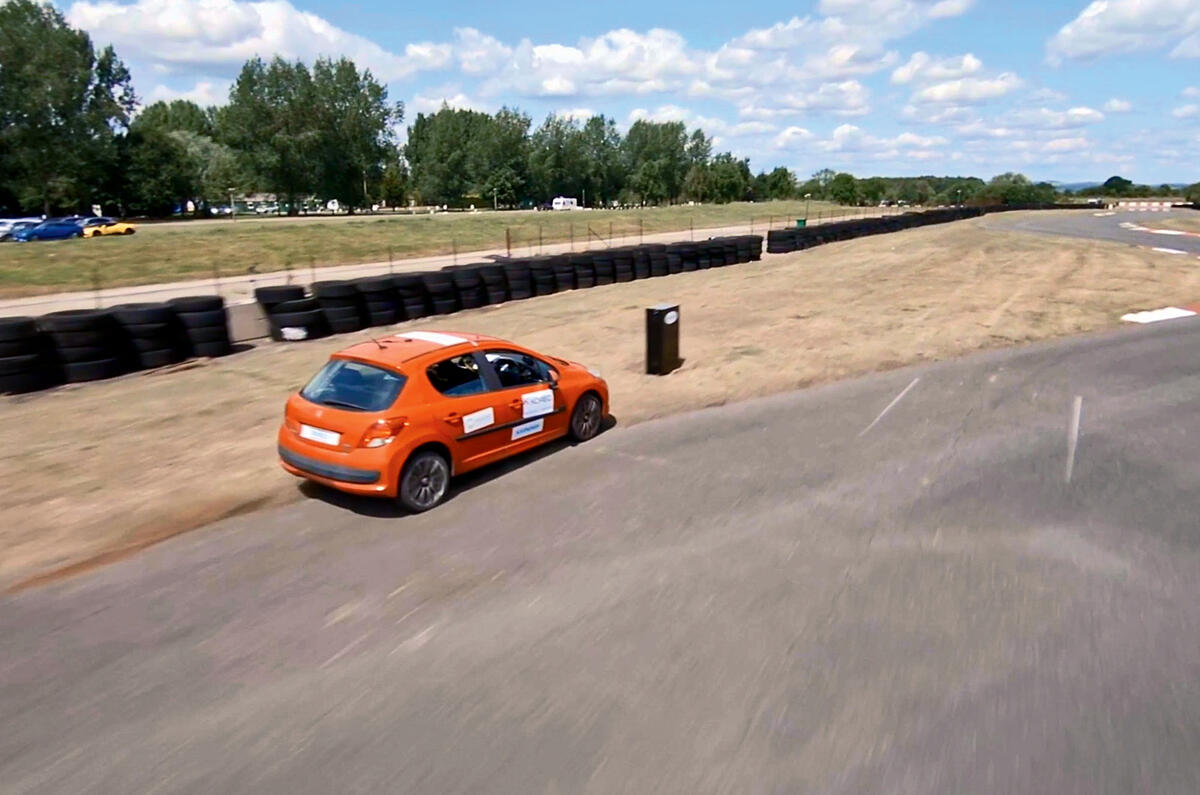
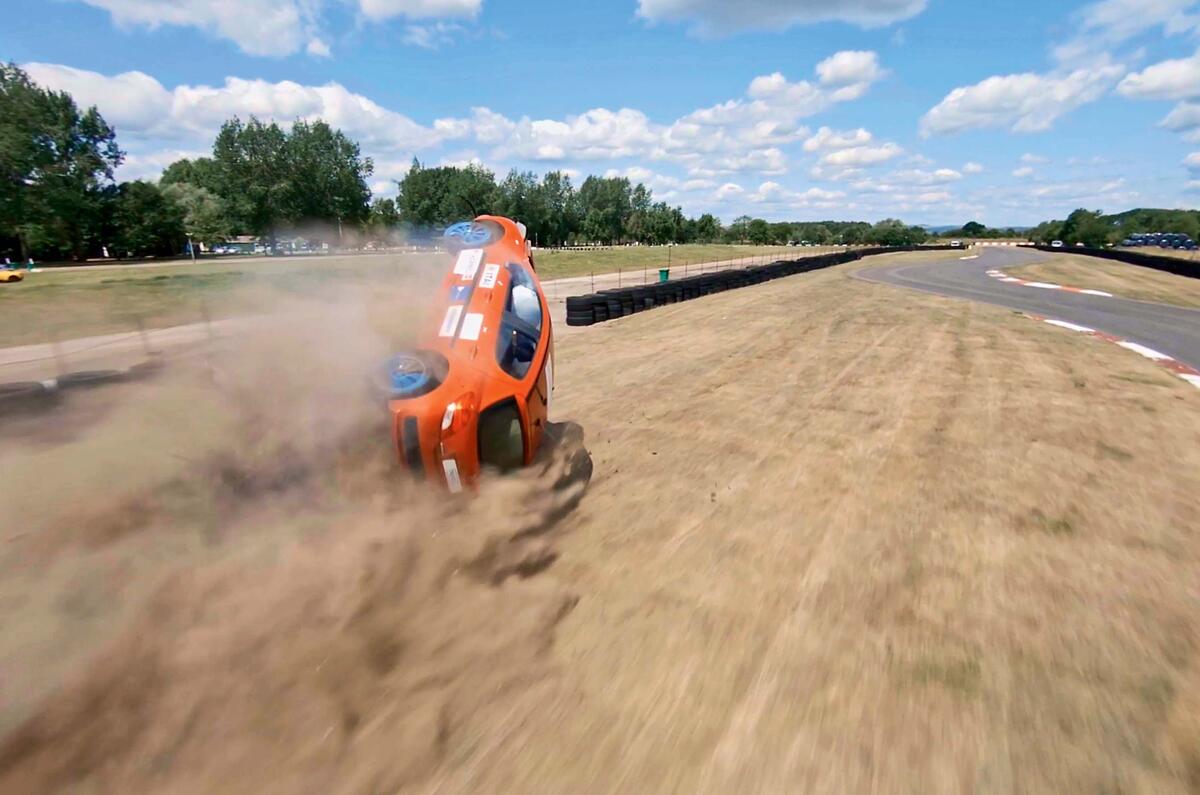
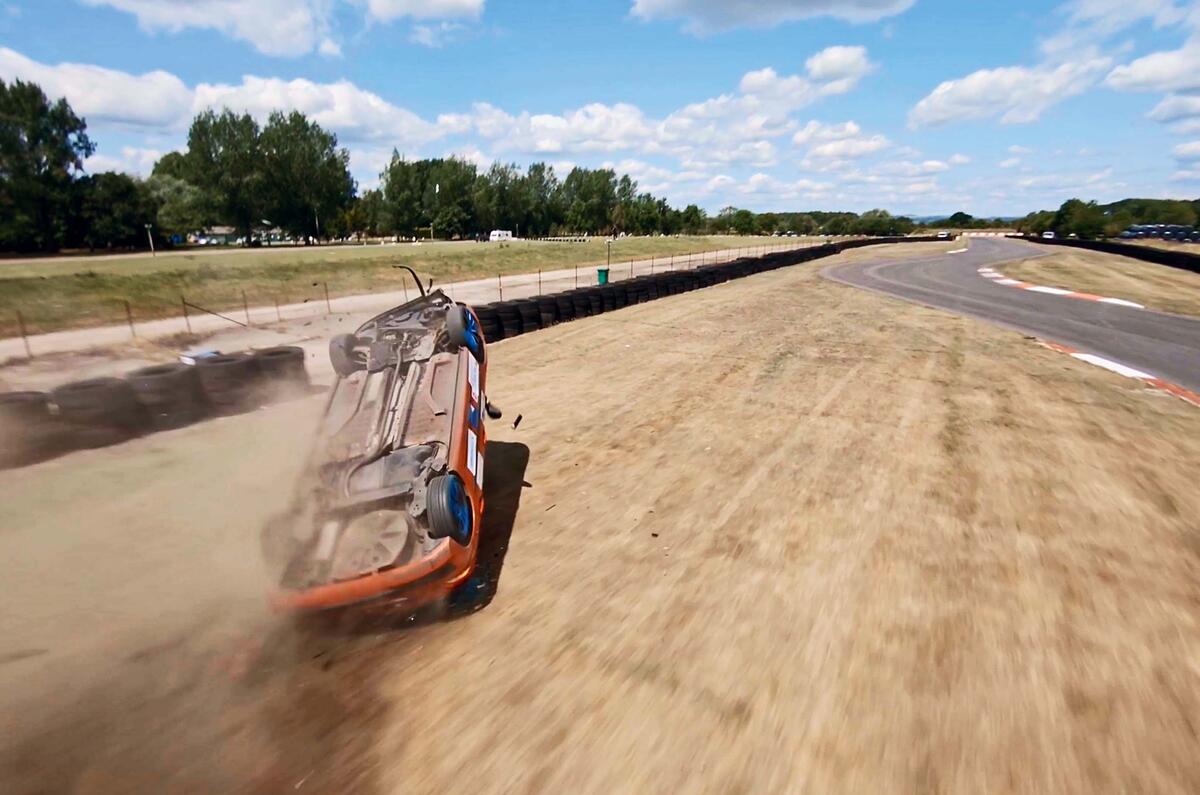
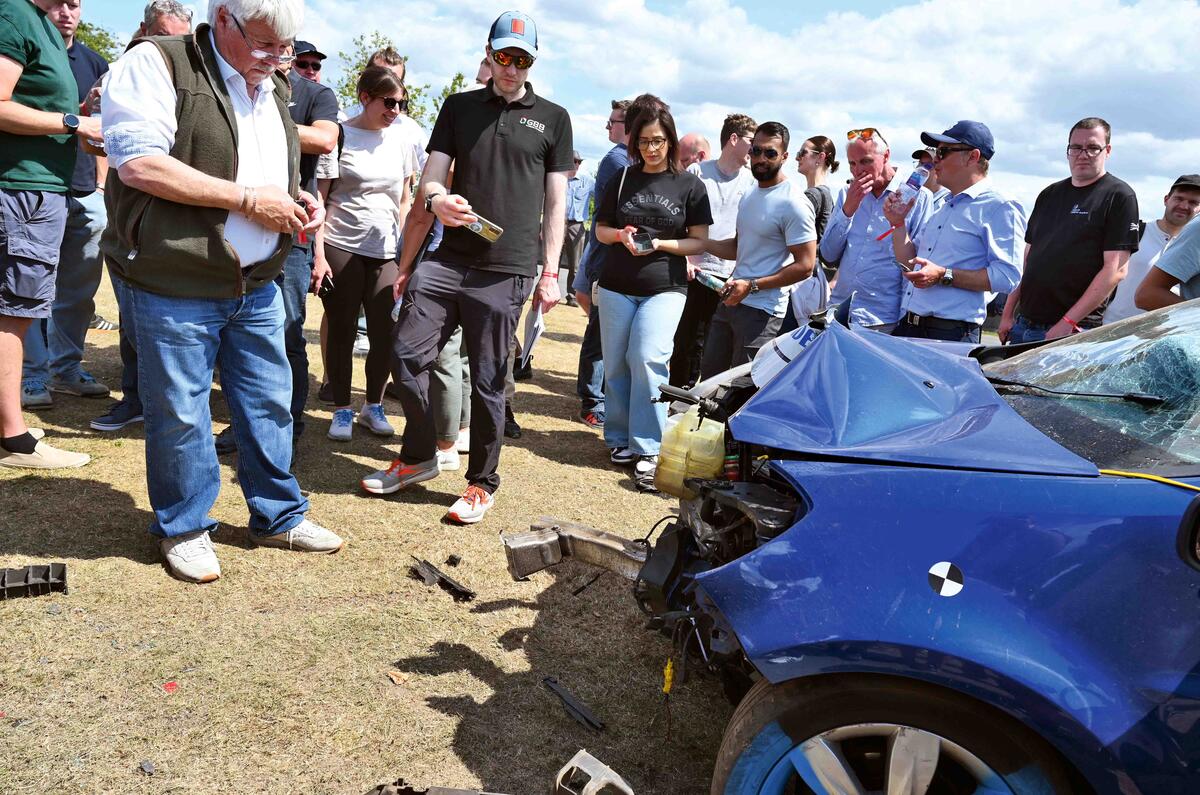
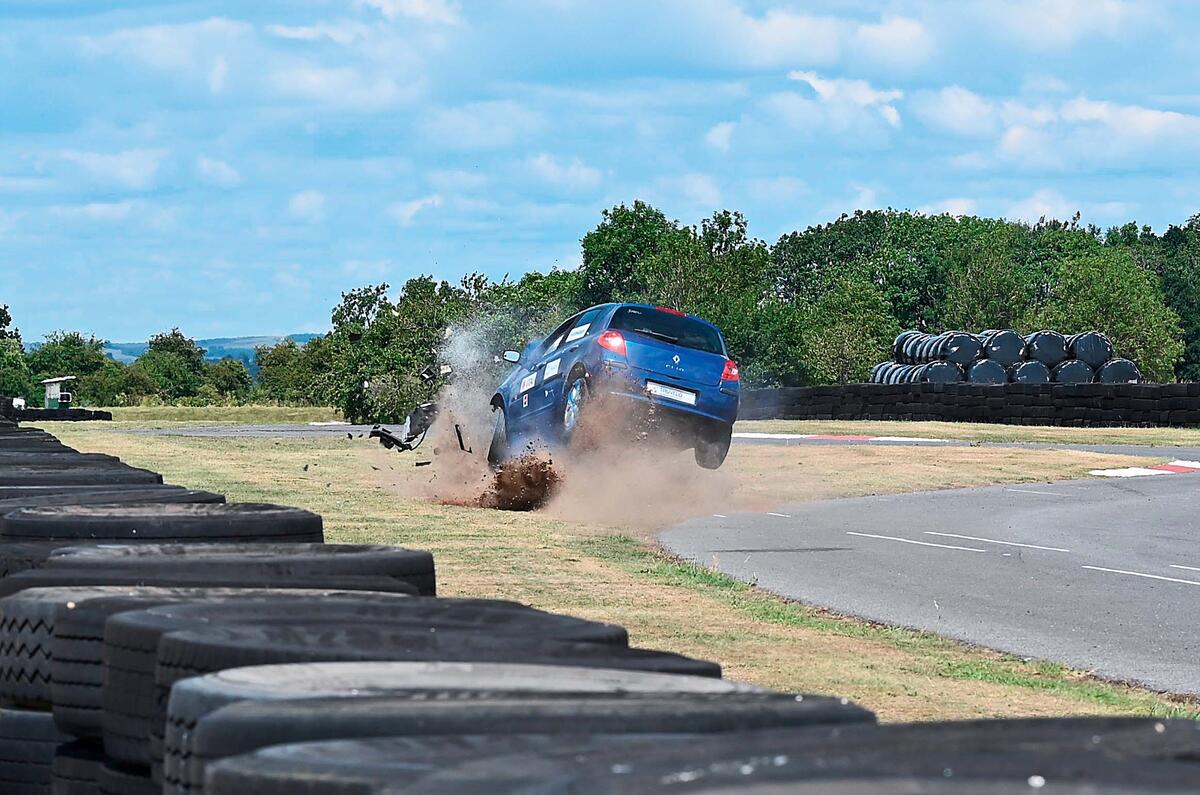
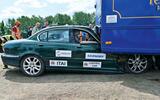
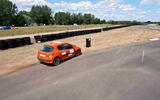
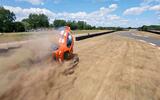
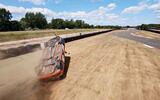
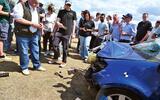
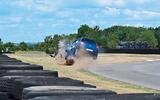


Join the debate
Add your comment
All this tech should in theory actually give accurate data as to whom in a crash is at fault and remove the fiction that some drivers give as evidence.
Also there's a typo, the Toyota reverses into the side of a Suzuki and the damage to the honda could write it off. Either that or I mis read it.